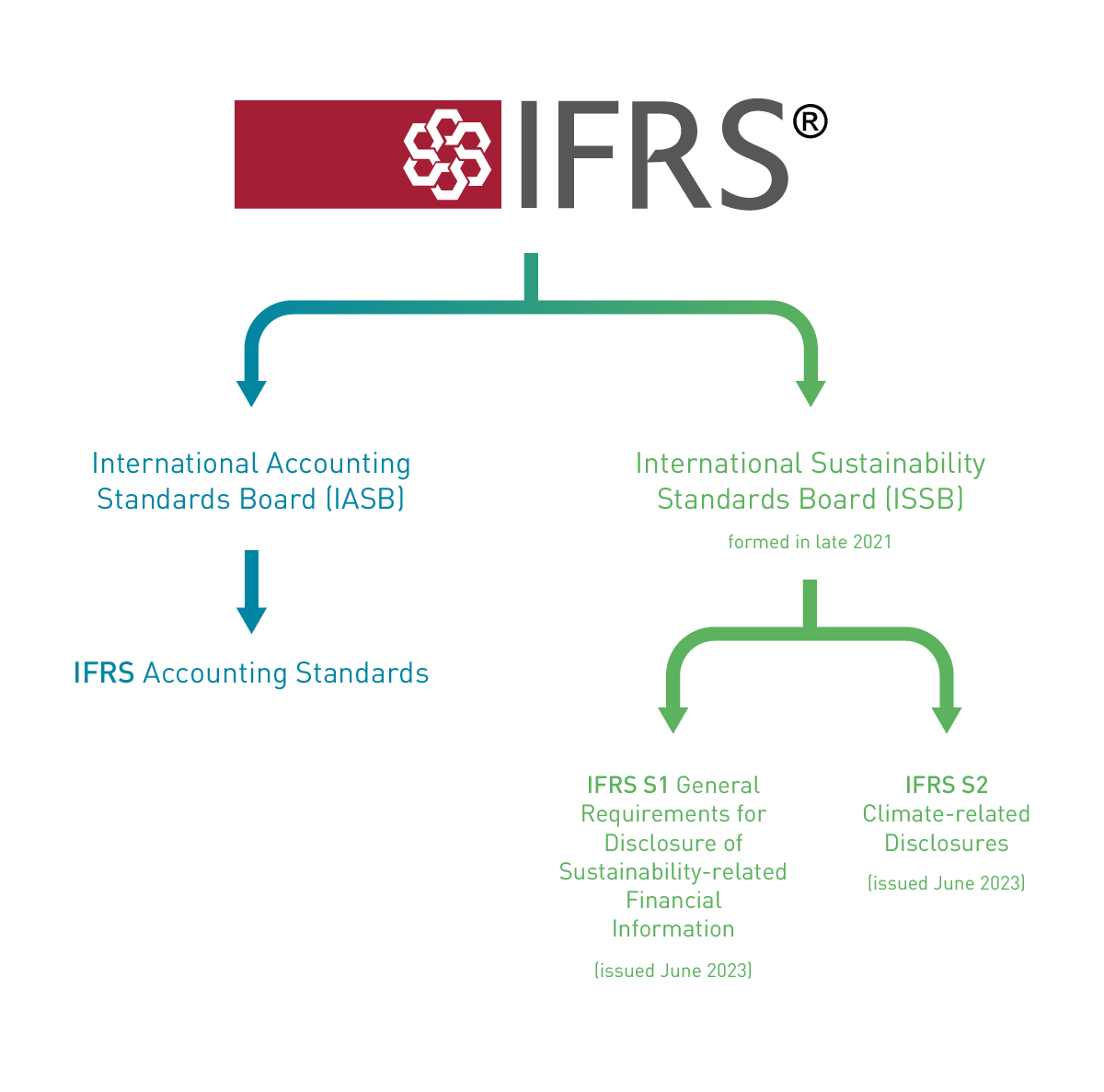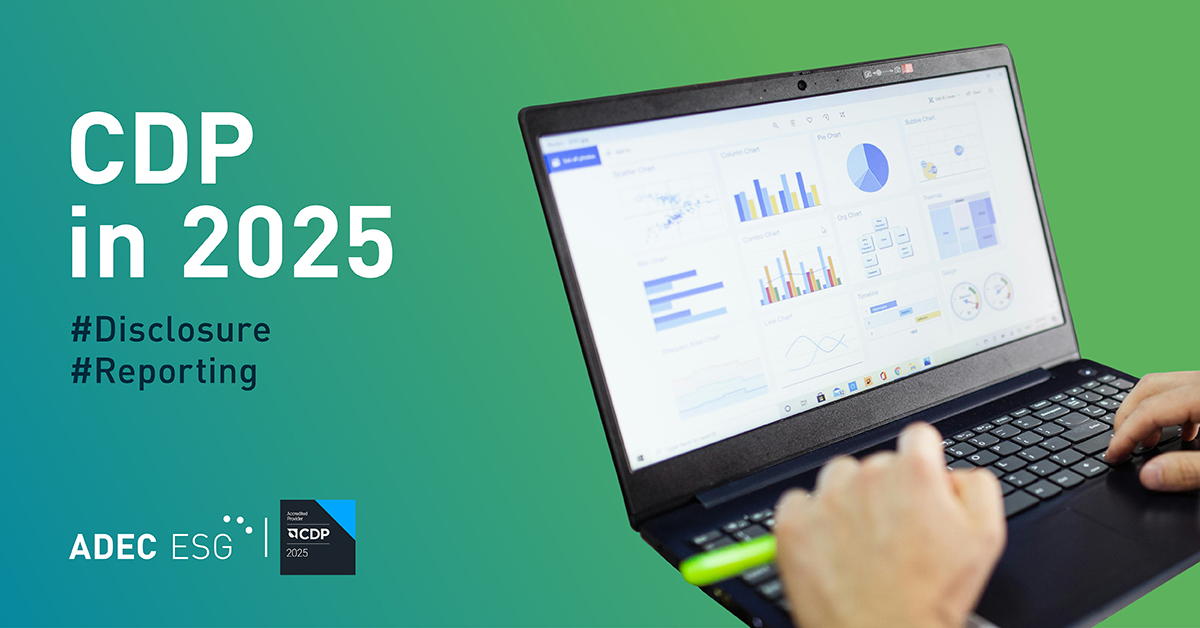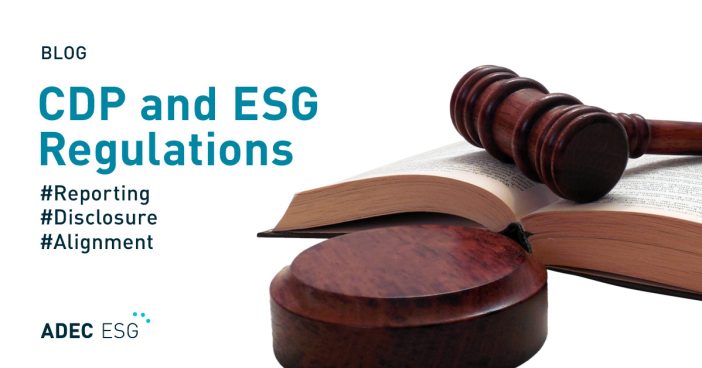Through the years, various reporting standards to capture data and information have emerged to provide greater transparency on how companies are navigating the climate crisis and stakeholder demands for corporate sustainability. These standards set forth a common language and a comparable set of ESG (environment, social, and governance) metrics, viewed ideally alongside financial disclosures, allowing informed decision-making among stakeholders.
In this article, we will briefly look at two standards that provide decision-useful information to cater specifically to the needs of investors and financial markets. These standards were created by the International Sustainability Standards Board (ISSB):
- International Financial Reporting Standards (IFRS) S1 General Requirements for Disclosure of Sustainability-related Financial Information
- IFRS S2 Climate-related Disclosures
The development of these standards took into consideration alignment with other recognized standards and frameworks, such as those crafted by the Climate Disclosure Standards Board (CDSB), the Task Force for Climate-related Financial Disclosures (TCFD), the Value Reporting Foundation’s Integrated Reporting Framework, and the Sustainability Accounting Standards Board (SASB).
The International Sustainability Standards Board (ISSB)
The ISSB is a standards-setting body that focuses on creating standards for disclosing sustainability-related financial information. It was launched by the International Financial Reporting Standards (IFRS) Foundation on November 3, 2021 at COP26 in Glasgow.
The IFRS Foundation is a not-for-profit, public interest organization established “to develop high-quality, understandable, enforceable and globally accepted accounting and sustainability disclosure standards.” Alongside the ISSB, the IFRS foundation also established the longer-standing International Accounting Standards Board (IASB), primarily responsible for setting global financial accounting standards, namely the IFRS Accounting Standards, that are used by over 140 jurisdictions around the world.
The visual below shows an overview of the IFRS structure and the associated standards for each standard-setting body.

The ISSB has four key objectives:
- to develop standards for a global baseline of sustainability disclosures;
- to meet the information needs of investors;
- to enable companies to provide comprehensive sustainability information to global capital markets; and
- to facilitate interoperability with disclosures that are jurisdiction-specific and/or aimed at broader stakeholder groups.
Creating global standards: IFRS S1 and IFRS S2
On June 26, 2023, the ISSB issued two global standards to operationalize these objectives: IFRS S1 and IFRS S2. These standards provide a framework for companies to disclose how sustainability and climate-related risks and opportunities affect or can affect their financial position, financial performance, and cash-flows through the disclosure of quantitative and qualitative information.
These standards are driven by the push to create a standardized way of integrating sustainability reporting and financial reporting that is growing in relevance among regulatory bodies. In October 2023, Brazil became the first country to announce the incorporation of IFRS S1 and S2 into their regulatory framework. Other countries and regulatory bodies following TCFD are also likely to follow suit, so it would be advantageous for companies to start preparing as soon as possible to get a firm grasp of these standards.
In 2024, ISSB will also assume responsibility of TCFD in monitoring companies’ progress on climate-related disclosures from the Financial Stability Board (FSB), the international financial monitoring body that created TCFD in 2015. The transfer of responsibility was announced on July 6, 2023, during FSB’s Plenary in Frankfurt, with the publication of the ISSB standards called “a culmination of the work of the TCFD.” With the release of TCFD’s 2023 status report in October this year, the task force has been disbanded and its roles have been virtually absorbed by the ISSB. Companies reporting on TCFD recommendations can continue to do so if they choose to or are required by their stakeholders and in preparation for the transition to using the new ISSB standards.
When adopted in the regulatory framework, ISSB requires both IFRS S1 and S2 to be used for annual reporting periods beginning on or after January 1, 2024.
IFRS S1 General Requirements for Disclosure of Sustainability-related Financial Information
IFRS S1 is a foundational document that requires companies to disclose material information about sustainability-related risks and opportunities across the value chain alongside financial statements. This includes information that can affect a company’s performance and prospects, such as future cash flows and access to capital. It aims to build a global baseline of sustainability information to be used by capital markets. A significant requirement of IFRS S1 is the provision of connected information linking sustainability disclosures to financial reports.
IFRS S1 follows the architecture of TCFD for the core content of the disclosure, with companies required to disclose the following:
- the governance processes, controls, and procedures the entity uses to monitor, manage, and oversee sustainability-related risks and opportunities;
- the entity’s strategy for managing sustainability-related risks and opportunities;
- the processes the entity uses to identify, assess, prioritize and monitor sustainability-related risks and opportunities; and
- the entity’s performance in relation to sustainability-related risks and opportunities, including progress towards any targets the entity has set or is required to meet by law or regulation.
To further provide nuance and context, IFRS S1 asks companies to consider using industry-based disclosure topics outlined in the SASB Standards for topics beyond climate, which are covered by IFRS S2.
IFRS S2 Climate-related Disclosures
Like IFRS S1, IFRS S2 requires companies to disclose material information, specifically on climate-related risks and opportunities, that may affect their performance and prospects. It builds on the requirements of IFRS S1, fully incorporating the TCFD recommendations in its core content as it requires disclosures on governance structures, strategies, risk management processes, and metrics and targets, alongside additional details that go beyond TCFD. These details can include information about the planned use for carbon credits to achieve net emission targets, financed emissions, and measurement approaches for scope 3 emissions.
The standard highlights disclosures on climate-related physical and transition risks and climate-related opportunities, allowing investors to better understand how these risks and opportunities impact a company, as well as evaluate its long-term resilience and adaptability. Key requirements for disclosures also include details on a company’s transition plans, its use of scenario analysis, quantitative data on scope 1-3 emissions, and how it intends to achieve climate-related targets, if any.
IFRS S2 is also aligned with CDP’s Climate Questionnaire and the SASB standards, requiring industry-specific, cross-industry, and company-specific disclosures under metrics and targets.
How IFRS S1 and S2 can benefit your reporting strategy
Streamlined reporting
One of the key benefits of using IFRS S1 and S2 in your company’s sustainability reporting is their alignment with other recognized standards, which allows for streamlined reporting. If you are already reporting to CDP and disclose based on SASB and TCFD, you are at a good starting point to maximize your available data and enhance reporting, given that IFRS S1 and S2 require common disclosures, albeit with a higher degree of detail. If you are not yet reporting based on CDP, SASB, and TCFD, using IFRS S1 and S2 as your framework can give you comprehensive baseline of your company’s sustainability and climate-related information.
Enhanced data collection
With similar datapoints covered across these frameworks, data collection can be made more efficient with little or no duplication in the effort needed for data consolidation in reports. Unrecognized gaps in data and data gathering, as well as governance structures or strategies, may also surface while using IFRS S1 and S2 as guidance for reporting. This can lead management to make targeted initiatives to enhance data collection, build on a company’s sustainability roadmap, and improve future reporting. IFRS S1 and S2’s requirements to connect sustainability and climate-related risks and opportunities to financial statements may also provide the vital perspective that frames these issues to be in equal relevance to traditional financial measures of performance, with annual reports becoming more meaningful in understanding a company’s business context, and its performance and prospects.
Improved investor engagement on sustainability
IFRS S1 and S2 are ultimately meant to aid both companies and investors as the demand for more objective and comparable disclosures increases.
For companies, it allows them to disclose information on their ESG-related risks and opportunities, fostering an objective environment to holistically understand and communicate where they are in their sustainability journey. This information can be used to facilitate engagement with investors as well as internally assess operations and value chains. From a strategic standpoint, the standards can be used as a tool to inform management on sustainability and climate-related topics that are likely to matter to their stakeholders and regulators, as well as which ones are material to the company.
Investors, on the other hand, are provided with substantial context on how a company’s current path can affect short and long-term returns, and they can make decisions for channeling capital to companies that are both profitable and ethical. With a consistent, complete, and comparable set of metrics, investors can also be better informed when exercising their voting rights to influence a company’s actions in the use of its economic resources. The standards can also serve to prevent greenwashing in reporting, which continues to pervade media and information available to the public.
Given their wide applicability across industries and comparable requirements, integrating IFRS S1 and S2 in your reporting strategy can be a means to strengthen the quality and depth of your disclosures, as well as communicate integrity and genuine commitment in addressing sustainability and climate-related issues to your stakeholders.
ADEC ESG Solutions works with organizations around the world to help improve their ESG disclosure and reporting programs and achieve their sustainability goals. Explore some of the ways we can help your company and learn more about our technical teams here, or sign up for our monthly newsletter GreenWatch to stay up to date on the latest in ESG.




